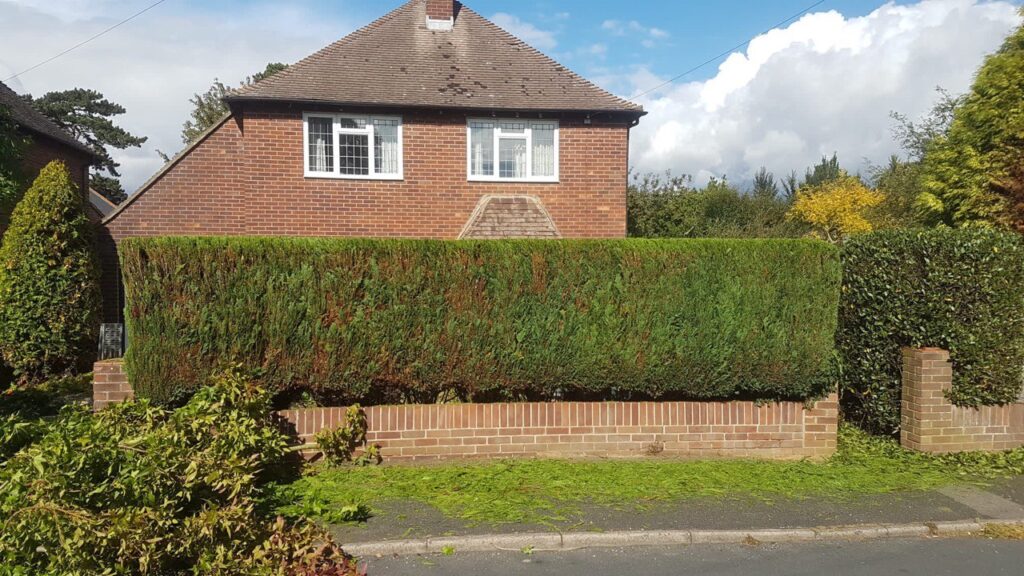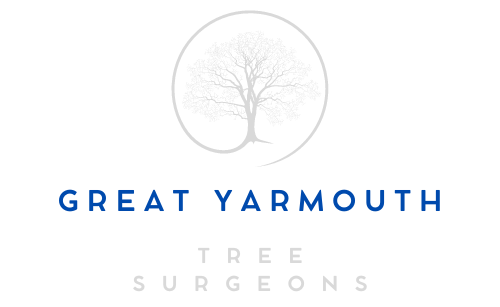When Tree Felling Becomes Necessary: A Guide to Making the Right Call
Trees bring beauty, shade, and ecological benefits to our landscapes, but there are times when felling a tree becomes essential for safety, property health, or environmental reasons. Knowing when to remove a tree can be challenging, and making the right decision is crucial for protecting your property and surrounding trees. At Great Yarmouth Tree Surgeons, we are committed to helping homeowners in Great Yarmouth, Norfolk, make informed choices about tree felling. Here is a professional guide to understanding when tree felling may be the best course of action.
1. Safety Concerns: Protecting People and Property
One of the most compelling reasons for tree felling is the safety of people and property. Trees that are leaning significantly, have visibly weakened branches, or are suffering from structural damage can pose a hazard, especially during storms or high winds. A falling branch or tree can cause substantial property damage or personal injury, making it essential to remove any tree that presents such risks.
Tree felling becomes particularly necessary when the tree’s root system has been compromised, either through disease, erosion, or construction activity. Weak roots can destabilise a tree, increasing the risk of it toppling. In cases where a tree’s safety is in question, consulting with professional tree surgeons is key to assessing the level of risk and determining the best course of action.
2. Signs of Disease or Decay
Diseased or decaying trees can sometimes be saved through specific treatments, but there are cases where the damage is too extensive to remedy. Trees affected by fungal infections, such as root rot or canker, may gradually weaken, increasing their risk of falling or collapsing. Other signs of disease or decay include hollow trunks, dead or dropping branches, and fungal growth at the base of the tree.
A diseased tree can also spread pathogens to neighbouring trees, potentially harming the entire landscape. When the health of surrounding trees is at risk, tree felling may be the most effective way to protect your garden’s ecosystem and ensure that other trees remain unaffected by the spread of disease.
3. Excessive Root Damage
Tree roots are essential for a tree’s stability, nourishment, and overall health. However, roots can be damaged by nearby construction, changes in landscaping, or soil erosion. If a tree’s root system is severely damaged, it can compromise the tree’s stability and make it vulnerable to falling, especially during adverse weather conditions.
In cases of extensive root damage, tree felling may be necessary to prevent accidents or further property damage. Professional tree surgeons can assess the root health and determine whether felling is the best option for safeguarding your property and ensuring safety.
4. Interference with Property or Utilities
As trees grow, they can sometimes interfere with power lines, block driveways, or encroach upon structures such as walls or fences. When a tree’s growth begins to impact infrastructure or utilities, removing it may be the most practical solution. Trees close to power lines are particularly hazardous, as they can cause electrical disruptions or pose a fire risk.
Tree felling in such cases allows property owners to reclaim essential space and avoid potential utility issues. For trees growing too close to structures, felling can also prevent foundation damage, which can be costly to repair.
5. Environmental and Ecological Considerations
Tree felling can sometimes be necessary to maintain a healthy ecosystem, particularly when dealing with invasive species or overcrowded areas. In some cases, removing a tree opens space for younger, healthier trees to thrive, improving the overall health and biodiversity of the environment.
Professional tree surgeons understand the environmental impact of tree felling and can advise on responsible options, including replanting, if necessary. By balancing individual tree needs with broader ecological goals, felling can be a part of sustainable landscape management.
6. Preventing Spread of Pests
Insect infestations, such as those caused by beetles or aphids, can weaken trees and make them susceptible to disease or structural failure. When a tree is infested, it can attract pests that may also invade other trees in your garden, causing a broader pest issue that can be challenging to manage.
Felling an infested tree can help contain pest problems and prevent them from spreading further. Tree surgeons can assess the extent of the infestation and provide solutions for protecting surrounding trees.
Conclusion
Tree felling is sometimes the most responsible and necessary action to ensure the safety, health, and aesthetics of your landscape. From preventing disease spread and safeguarding structures to creating space for new growth, felling can be a proactive step in sustainable tree management. At Great Yarmouth Tree Surgeons, we are dedicated to helping homeowners make informed, environmentally conscious choices when it comes to tree care and removal.
Call us on: 01493 807 192
Click here to find out more about Great Yarmouth Tree Surgeons
Click here to complete our contact form and see how we can help with your tree’s needs.

